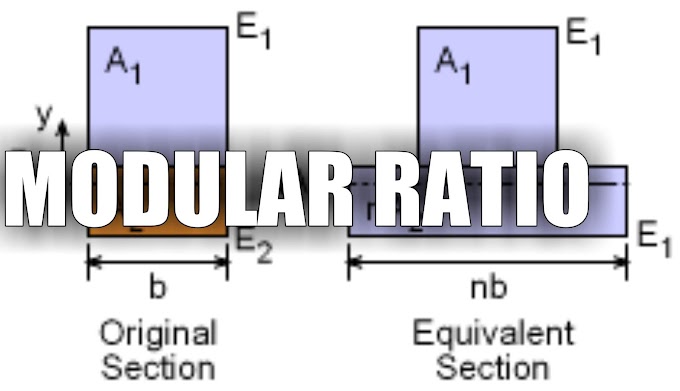
Cement is probably the costliest ingredient in concrete. Strength of Concrete structures is largely affected by the quality and type of cement used in construction.
Both from an economic and safety point of view it is very much advisable to check the quality of cement by thorough inspection. In this post, we are going to discuss some simple yet useful methods that are very popular for this purpose and are commonly used in sites.
Let's discuss them one by one.
1. DATE OF PACKAGING:
Strength of cement reduces with time. So the date of packing given by the manufacturer should be checked prior to buying. Cement should be used before 90 days from packaging date. For better clarity, the percentage of lose in the strength of cement with respect to time is given in the following table.

2. COLOUR OF CEMENT:
The cement of good quality has a gray colour with a greenish shade. The colour should be uniform throughout.
3. CHECK FOR LUMPS:
No lumps should be present in the cement. Lumps are formed due to absorption of moisture from the climate.
4. RUBBING TEST:
Cement should feel smooth while rubbing in between fingers. If it gives a rough feeling that means cement is mixed with sand.
5 TEMPERATURE TEST:
Simply insert your hand into the cement bag, it should give cool feeling if its quality is good. Otherwise, you may feel warm because of the hydration reaction.
6. FLOAT TEST:
Take some amount of cement and throw it in water. The cement should float for sometimes before it sinks in the water.
7. SETTING TEST:
Make a thick cement paste with water and immerse it in water for 24 hours. It should be set and should not develop cracks.





0 Comments